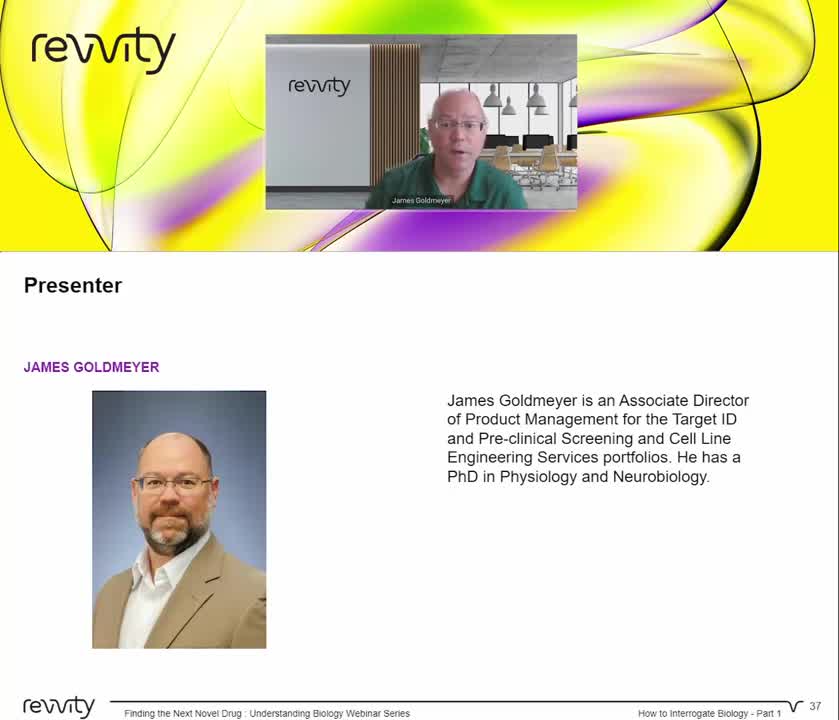
Cell lines have been indispensable tools in drug discovery and developmental research for decades. They provide a consistent and reproducible in vitro model system derived from the same lineage of animal, human, microorganism, or plant cells. Because cell lines are genetically identical, scientists worldwide can study responses on the same cell line to develop a plethora of knowledge and insight, with the potential of curing currently incurable conditions.
Engineered cell lines play a role in all aspects of cell biology research, from serving as better disease models to helping understand the basic biology of disease. Understanding how mutations affect drug response or resistance is made clearer by studying cell lines that contain these physiological mutations. This knowledge can help with the identification of suitable targets, validating them, and stratifying patients for more efficient and effective clinical trials.
Cell line development challenges
Cell line development is an extensive process, requiring thoughtful planning and valuable resources that must be meticulously chosen for the intended purpose. Cell lines are a popular tool in a whole host of biomedical research fields, including oncology, genetics, drug screenings, vaccines, and other investigative studies. The creation and establishment of cell lines engineered to a set of exact specifications is critical for successful experimentation and ensuring the quality of the final product.
Engineering effective cell lines for global scientific use is not an easy feat to accomplish with certainty. It requires the optimization of fit-for-purpose products and methods to support robust cell growth while ensuring the safety and efficacy of the entire process through repeated sampling, comprehensive characterization, and data analyses of multiple assays. Multiple quality control measures and validation steps are required to offset fluctuations in gene expression and potential selection bias in the cell line. Screening methods can require several rounds of optimization, which can cause significant delays to process development. Any skipped or mishandled steps for the application and follow-up of quality controls can waste time, money, and energy further down the road.

Streamlining workflows
Selecting the right cell line, screening strategies, safety measures, and bioanalysis methods are critical to successful experimentation and scalable cell line development. It’s important not only to plan for current research workflows but also to anticipate the potential for future large-scale production as well as safety and efficacy assessments.
Revvity’s commercial cell lines provide a high level of flexibility to support the creation of highly customized, research-focused cell models. Our scalable genome-wide editing technology is available for a wide range of cells, spanning 20 tissue types, including standard cancer cell lines, iPSCs, and difficult-to-transfect cell lines. By leveraging our expertise in cell line engineering, you can streamline your research efforts, saving valuable time and resources.
Discover more about our solutions that are globally enabling thousands of edits in hundreds of cell lines, ranging from straightforward knockouts with frameshifts to point mutations.

































